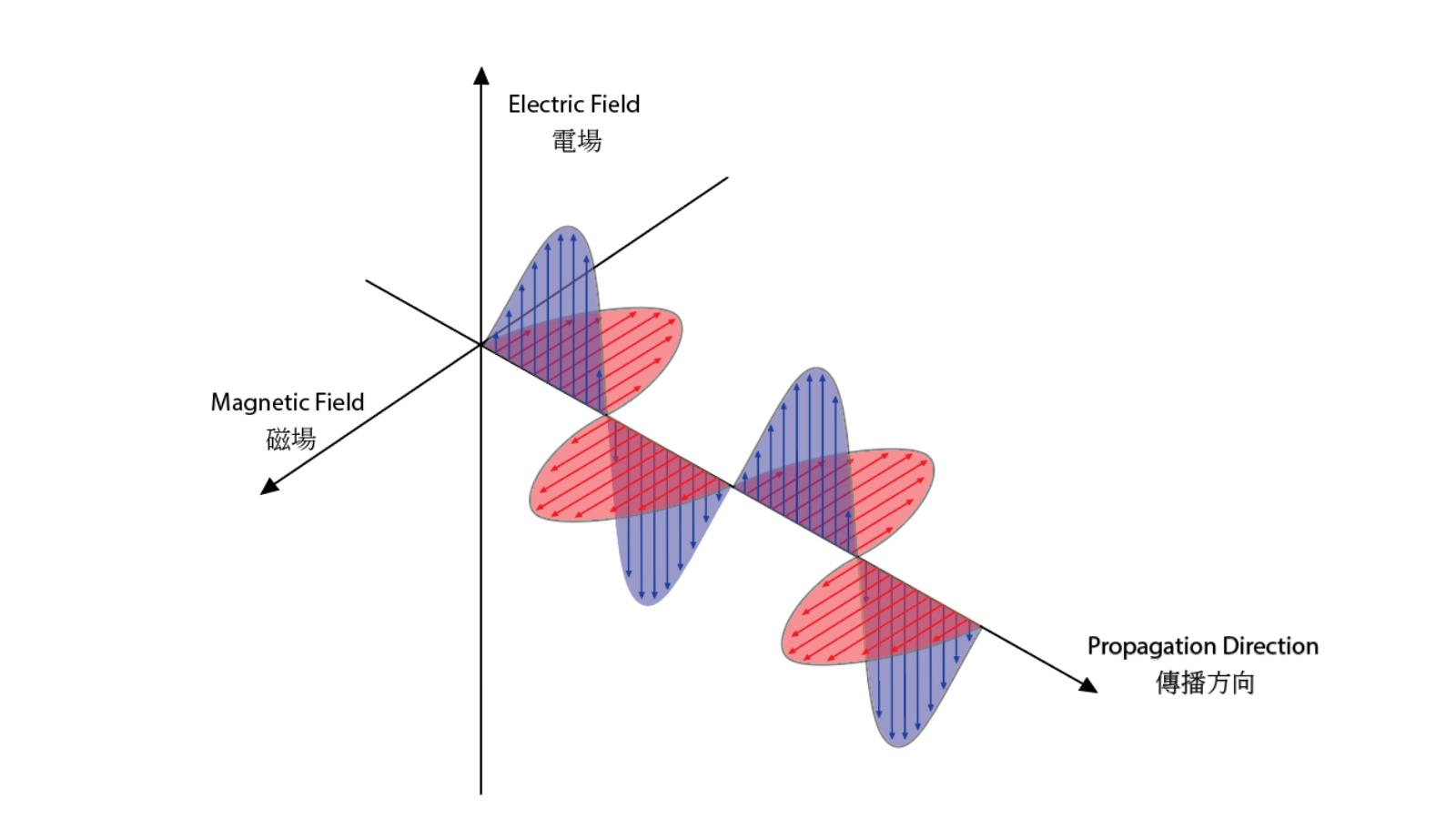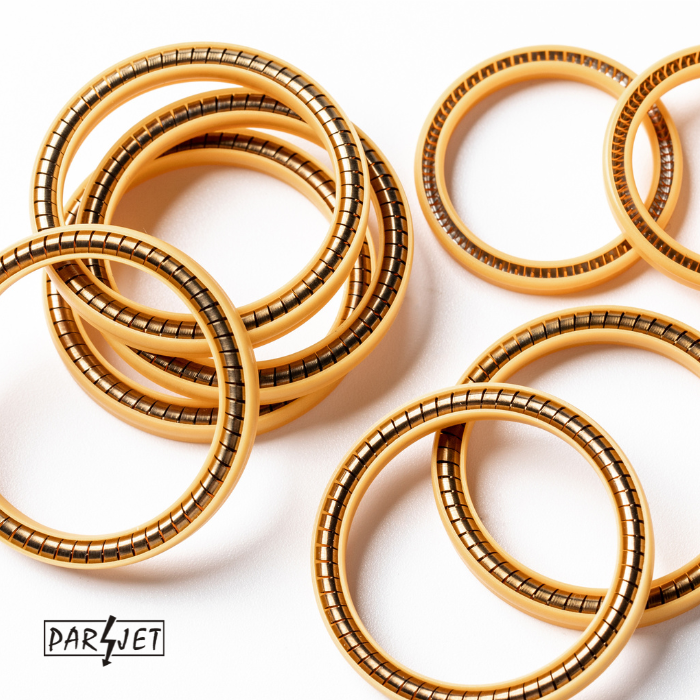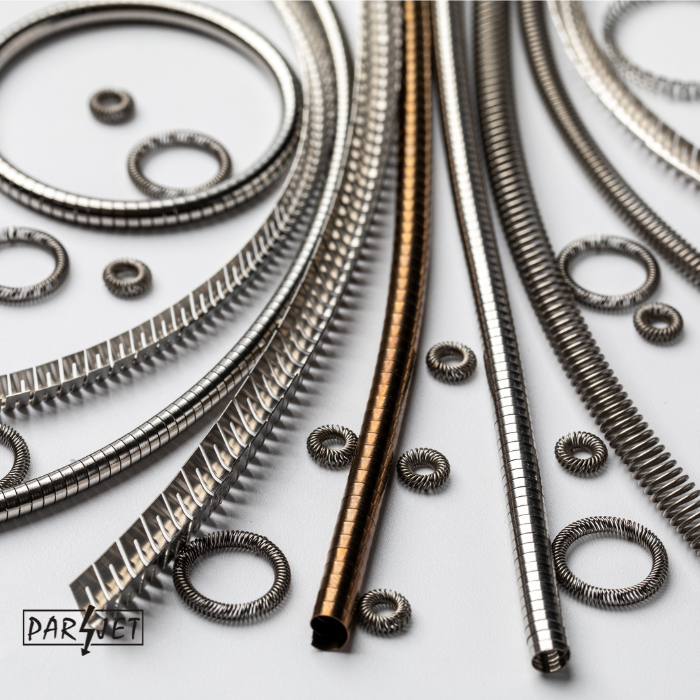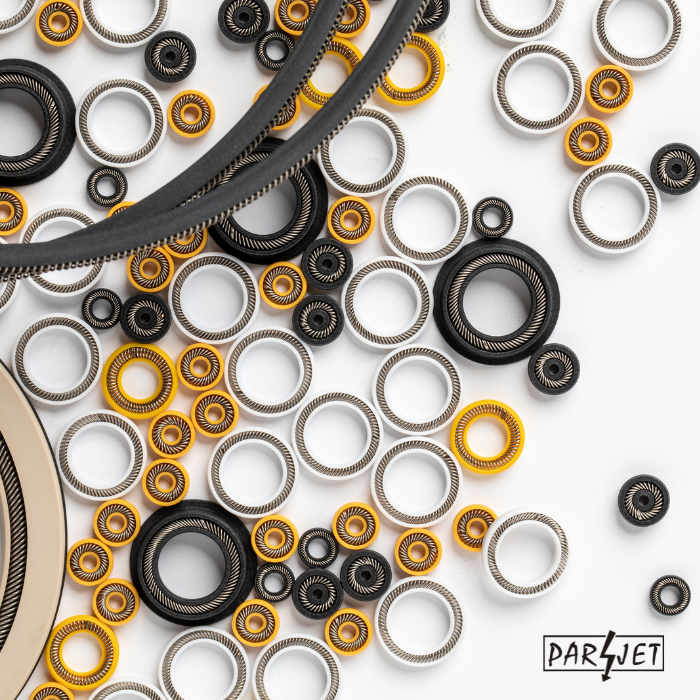Parjet offers various types of spring. These springs come in different shapes and materials, and they each have their own unique function. Besides the Spring Energized Seal application, they are also used in EMI shielding, electric power transfer and even mechanical connecting. In this article, we will take a look at the EMI shielding aspect and explore how Canted Coil Spring and Helical Spring (spiral springs) can achieve EMI shielding.
What is Electromagnetic interference EMI ?
Electromagnetic interference (EMI) and radio frequency interference (RFI) is the electronic emission generated by an external source that disrupts electronic devices, radio systems and other systems used in critical applications. EMI/RFI can be occurred from natural occurrences (lighting, auroras, solar flares) and manmade (cellular networks, AM/FM radio waves, power transmission lines, etc). EMI/RFI shielding is a vital matter to prevent system failures in aerospace, automotive, military and many other industries.
EV wave contains 2 components: Electric component and Magnetic component which are perpendicular to each other.

How can Canted Coil Spring and Helical Spring protect devices from EMI?
EMI/RFI shielding is achieved through 3 main mechanisms, Reflection, Absorption, and Multiple Reflection. Reflection can reduce the electric component of the EMI, to achieve this, the material must be conductive. Absorption, on the other hand, targets the magnetic component aspect of EMI/RFI. The material against the magnetic field should have high magnetic permeability. Multiple reflections reduce the disruption through multiple reflecting boundaries that scatter the electromagnetic waves.
Conductive materials prevent the electric components of EV while materials with high magnetic permeability block out the magnetic components.
Materials to shield electric component:
Sliver is the most efficient at reducing electric field due to its excellent conductivity and resistance to corrosion. Nevertheless, it has a higher cost so it is typically used in surface coating with electroplating or as alloying component. Taking costs and shield efficiency into consideration, copper and aluminum metals are more commonly used for shielding electric components.
Materials to shield magnetic component:
Carbon steel alloys and iron nickel alloys have good shielding properties against magnetic components of EM/RF waves. Carbon steel alloys include stainless steel and mild carbon steel, and iron nickel alloys include mu-metal. These materials have a high magnetic permeability which predominantly shields with absorption mechanism.
Canted Coil Spring and Helical Spring are made from alloy components which offer a great EMI shielding performance. With the correct design and installation, Canted Coil Spring and Helical Spring can block out both electric component and magnetic component of EV wave.
What is the standard material for EMI shielding?
The standard materials to shield against EMI/RFI are copper alloy and stainless steel. Copper has almost the same electrical conductivity as silver which can easily be used unplated. On the other hand, stainless steel can be plated with other conductive materials to achieve high conductivity and corrosion resistance at the same time.
Depending on the working requirement, the Canted Coil Spring and Helical Spring can be made in copper alloy or stainless steel for EMI shielding purposes. Other materials are also available upon request.
As a seal and spring manufacturer in Taiwan, Parjet’s Canted Coil Spring and Helical Spring (spiral springs) can shield harmful EMI for your devices even under poor conditions, like shock or vibration. With their multiple contact points design, it provides consistent conductivity to achieve superior EMI/RFI performance. Both Canted Coil Spring and Helical Spring (spiral springs) can help to reduce maintenance costs and design complexity.









